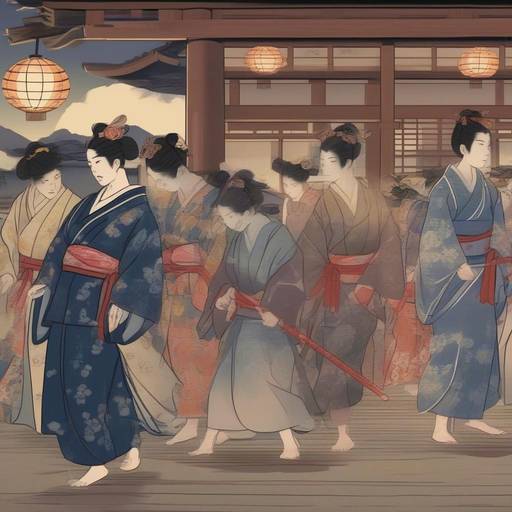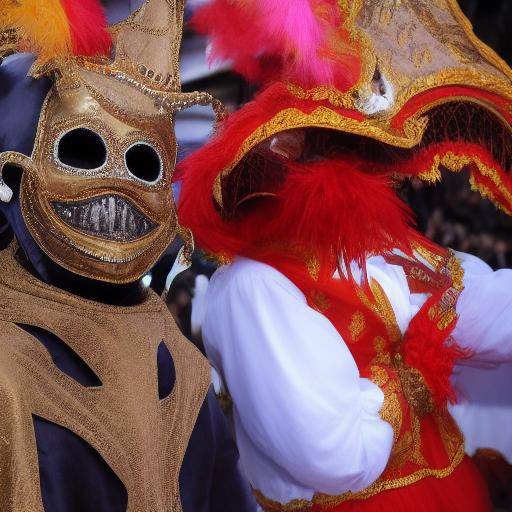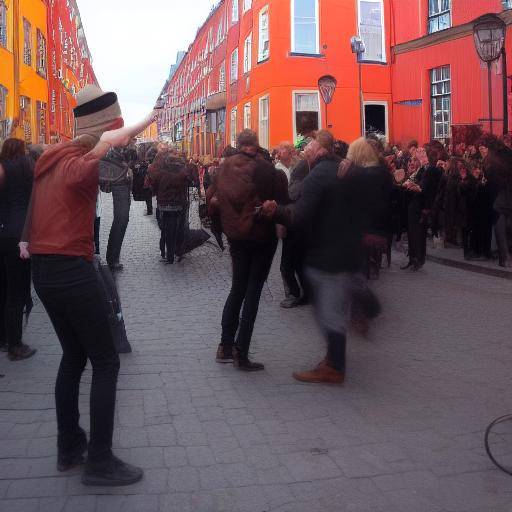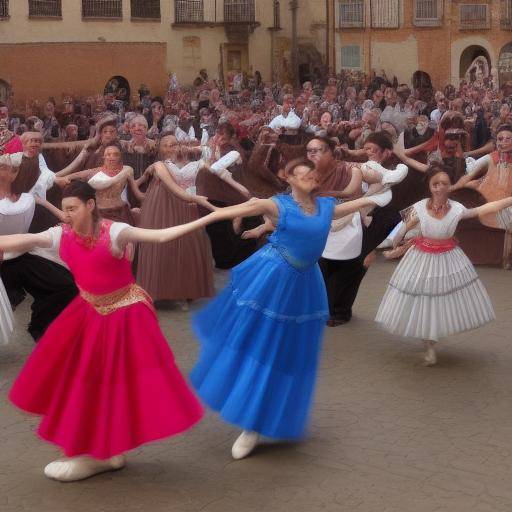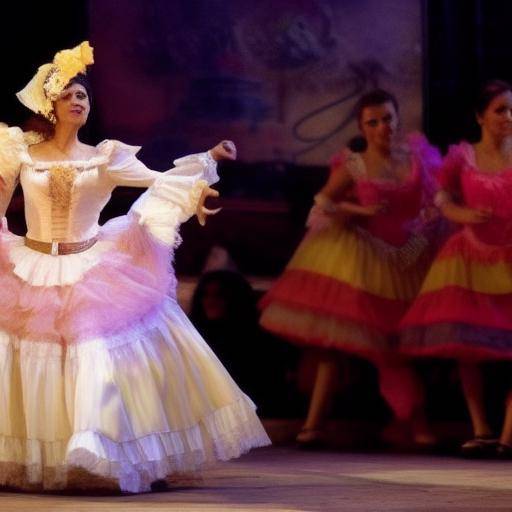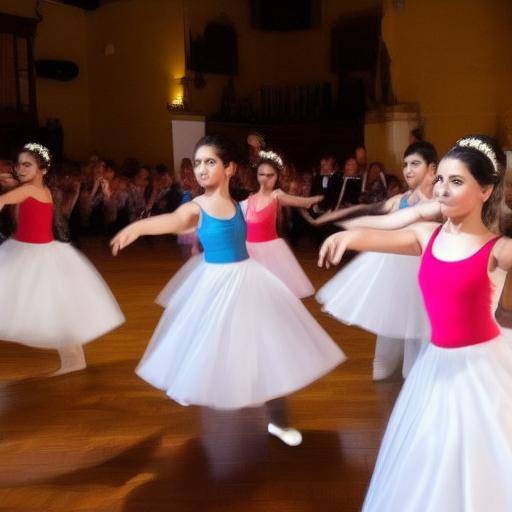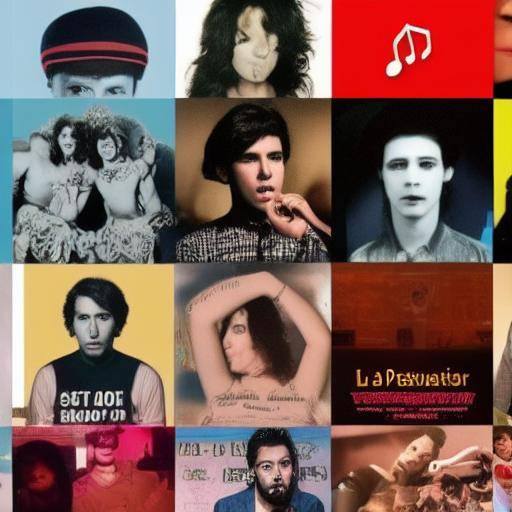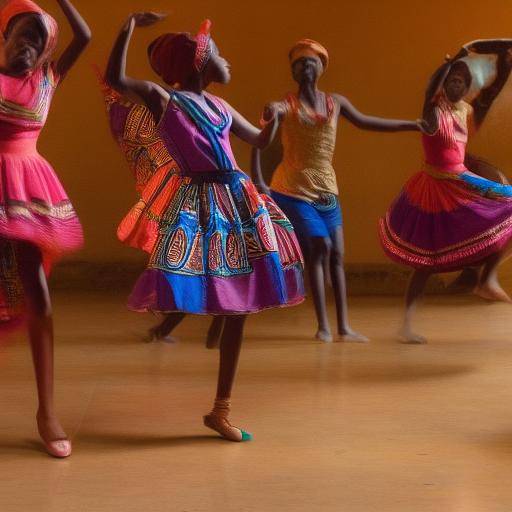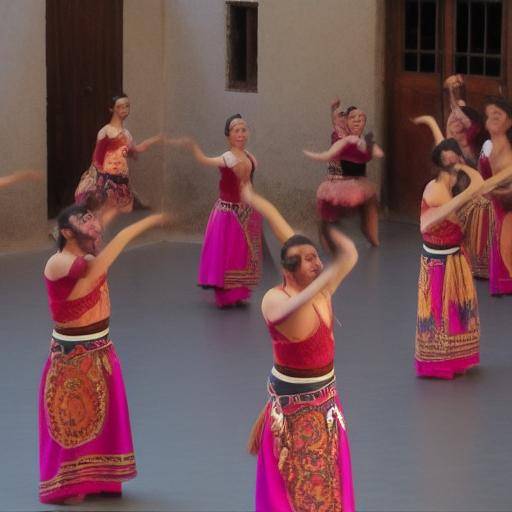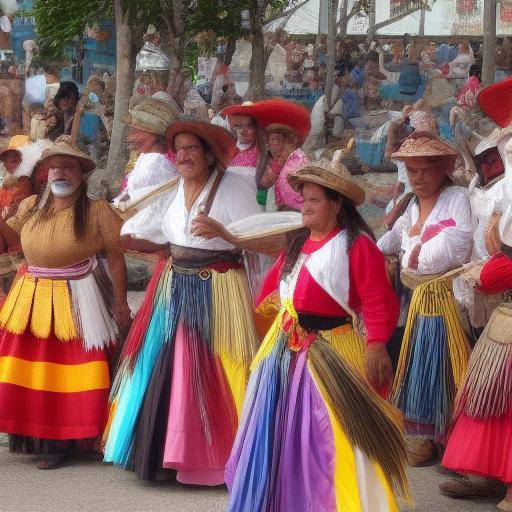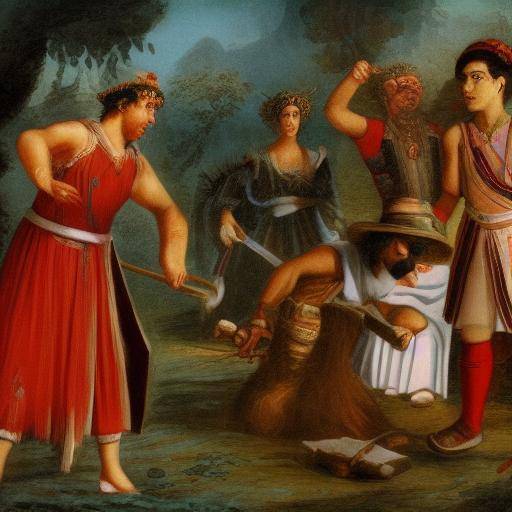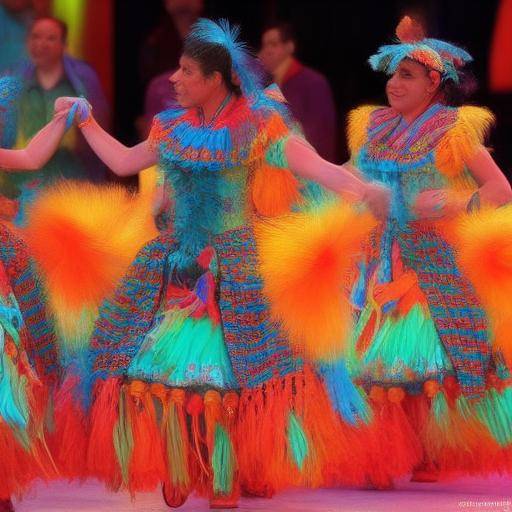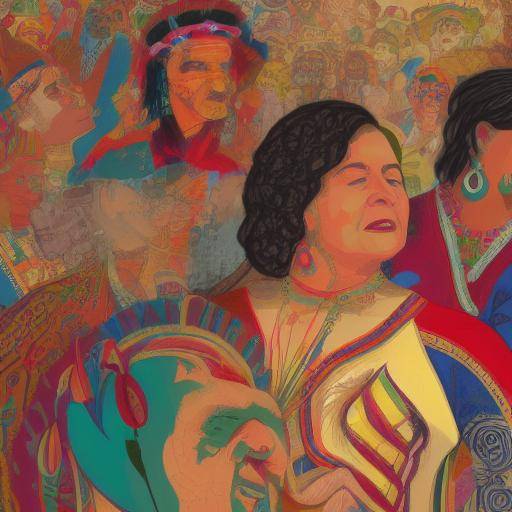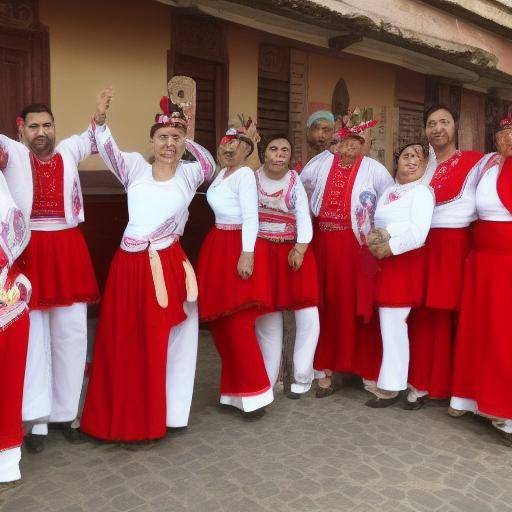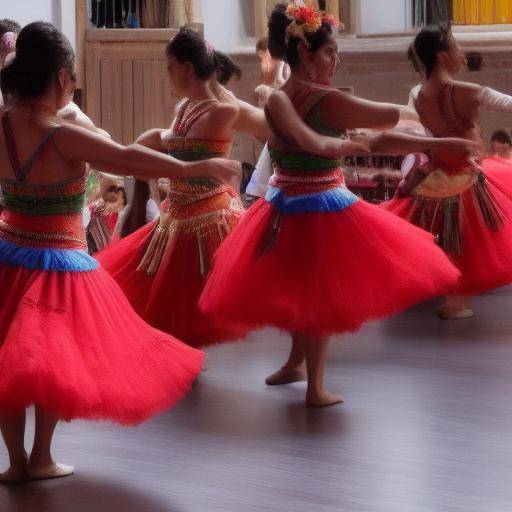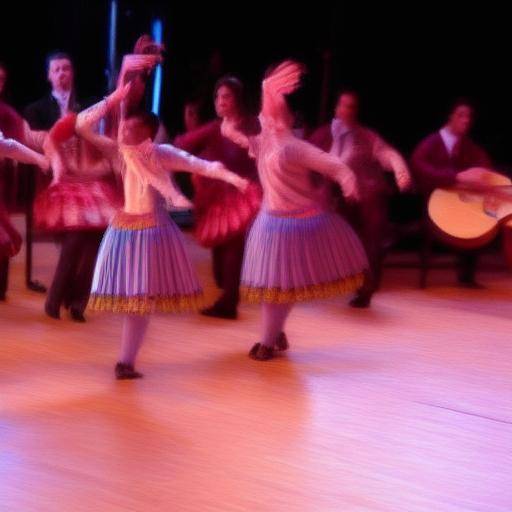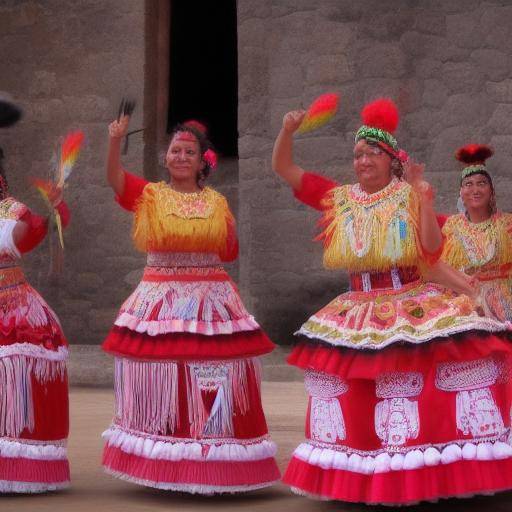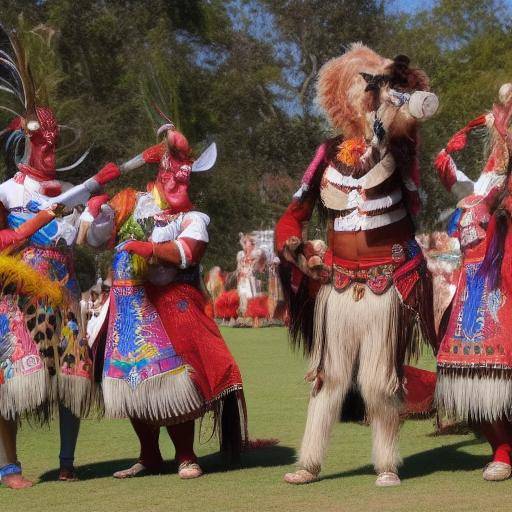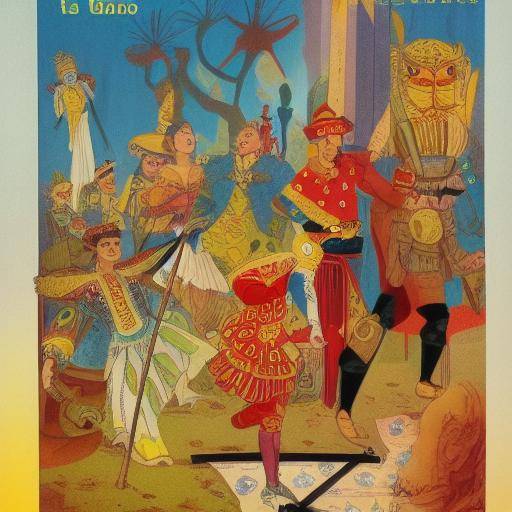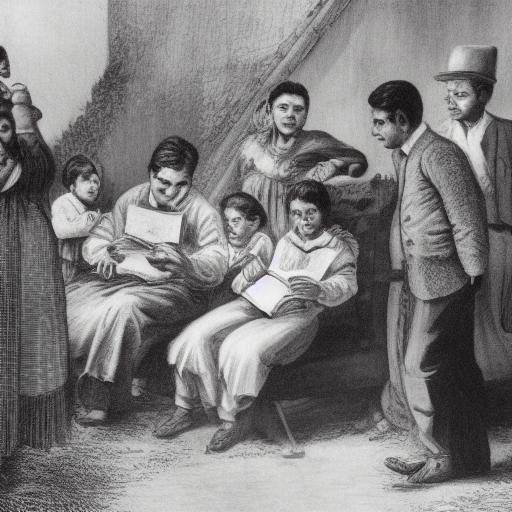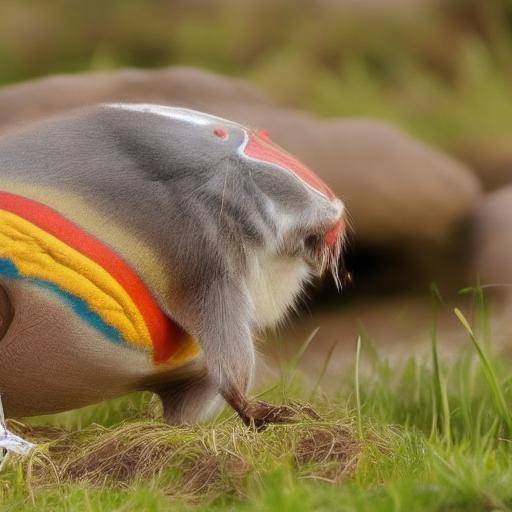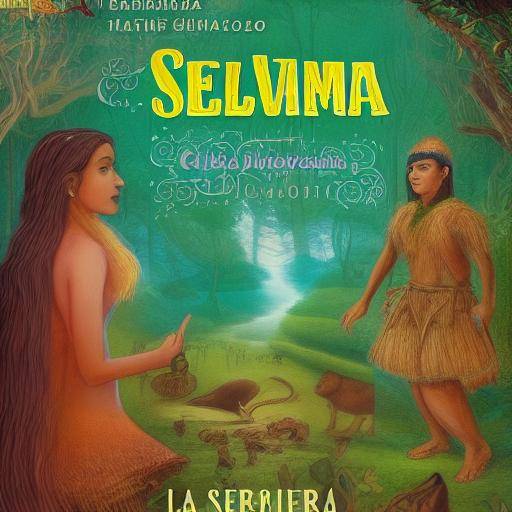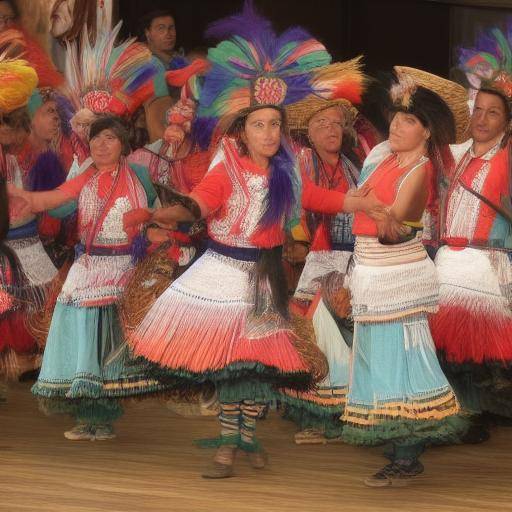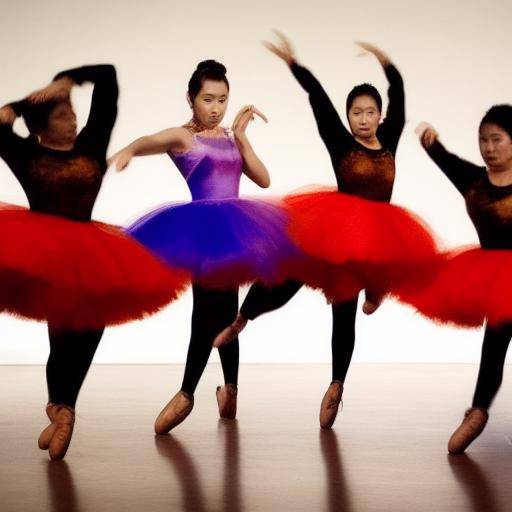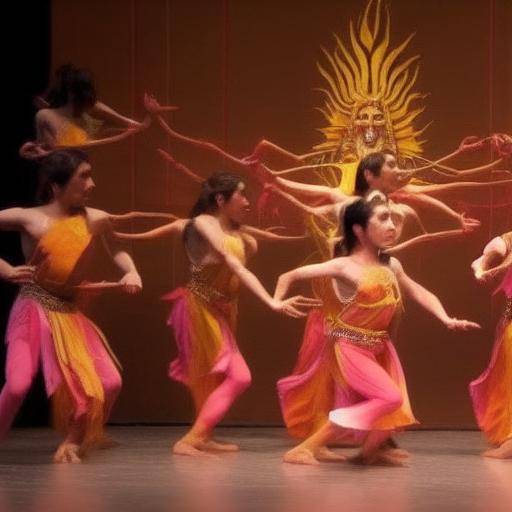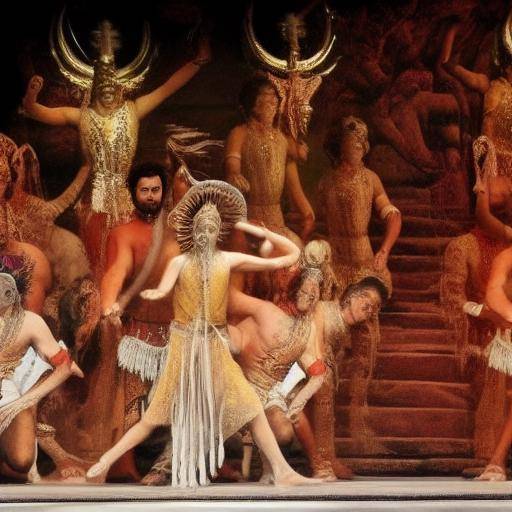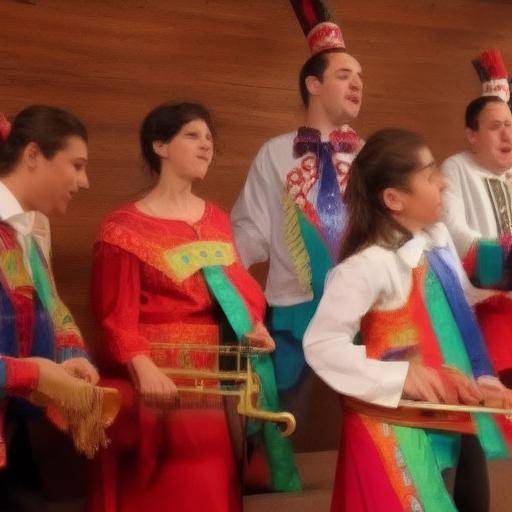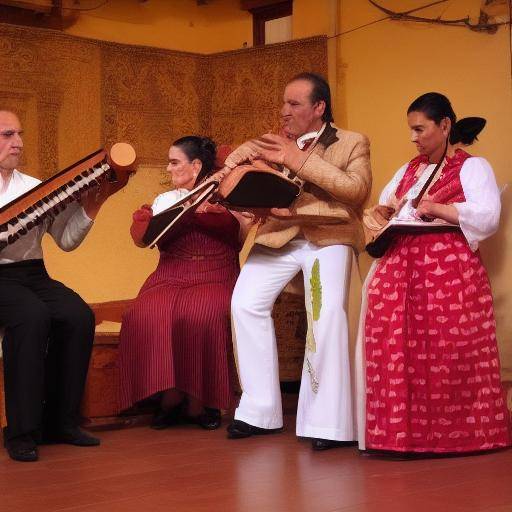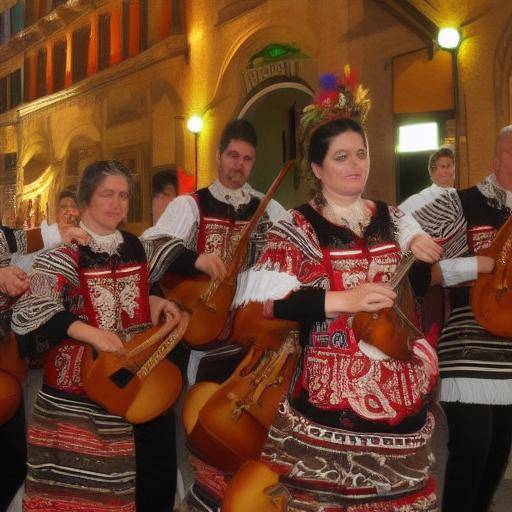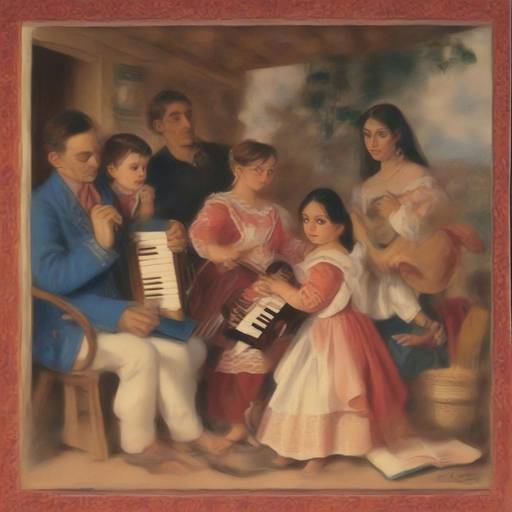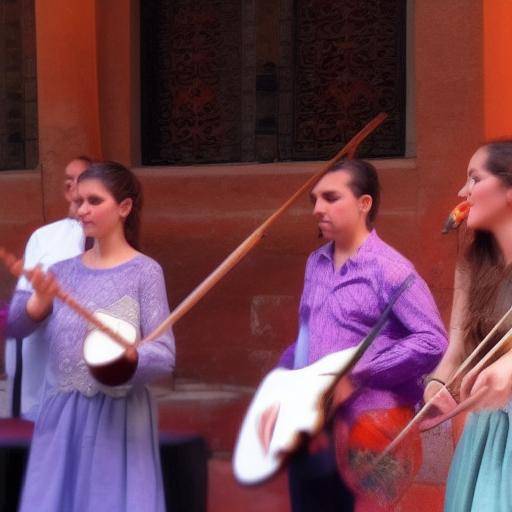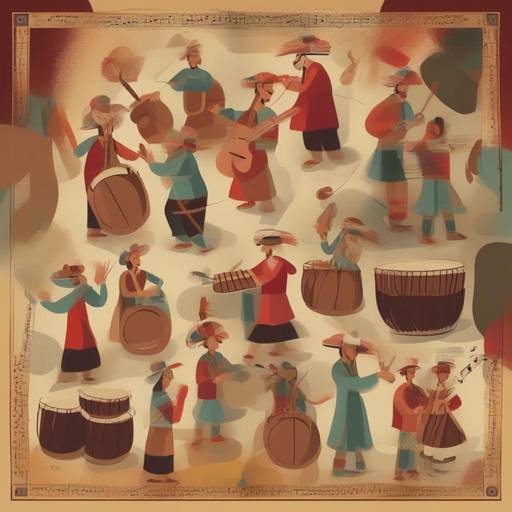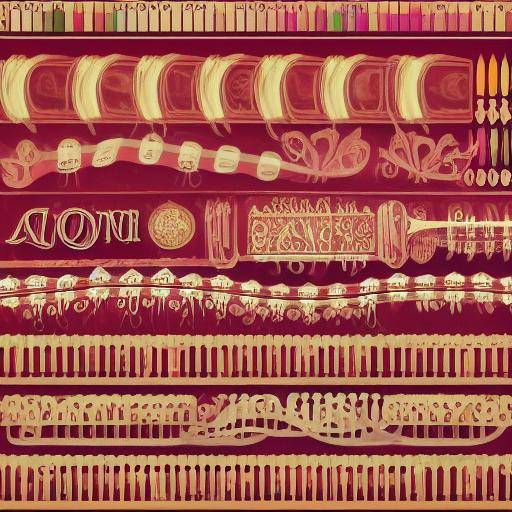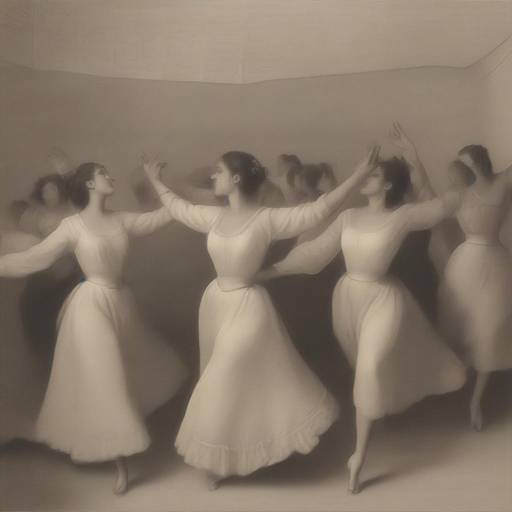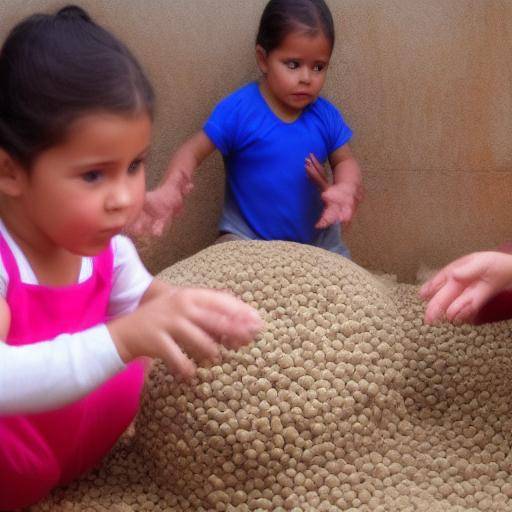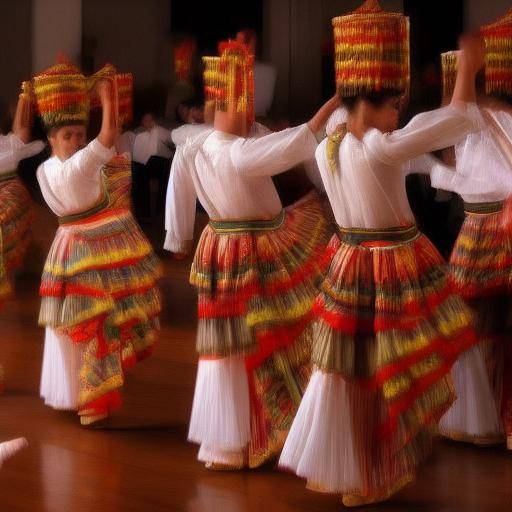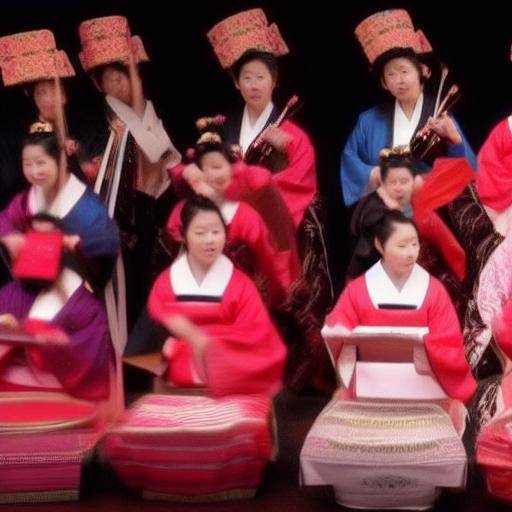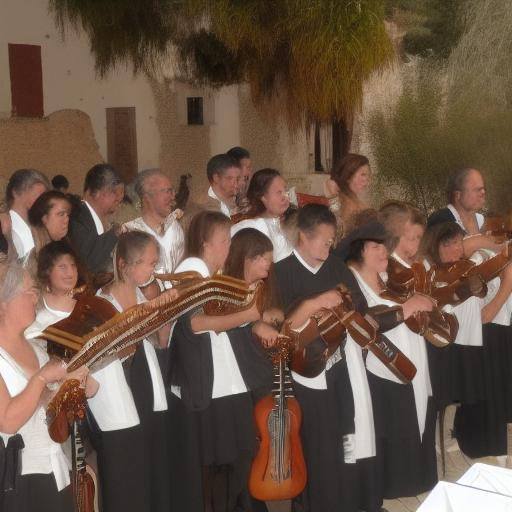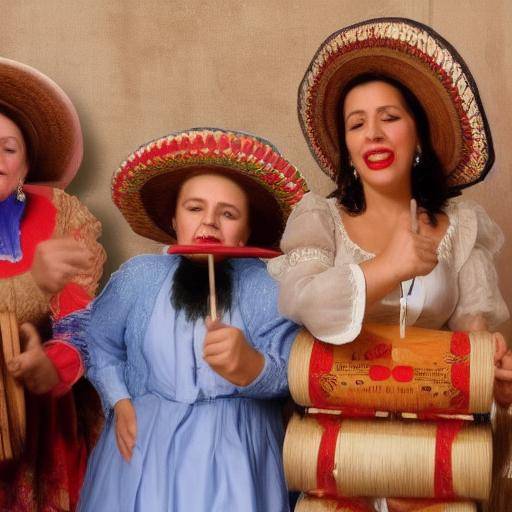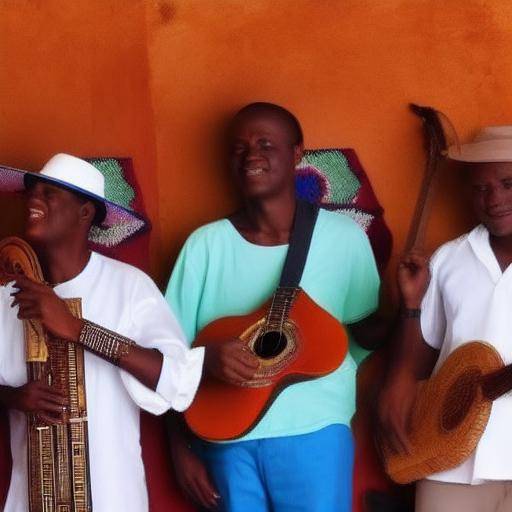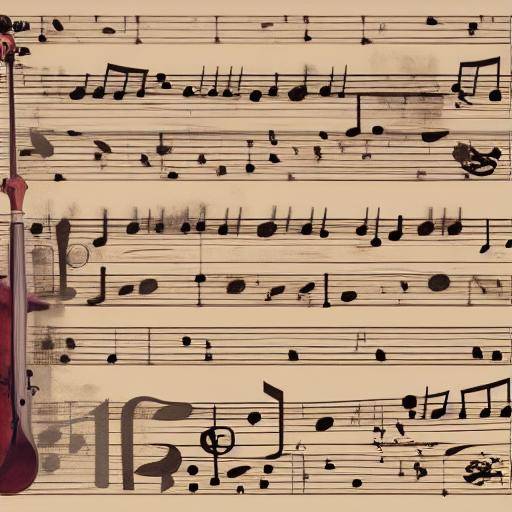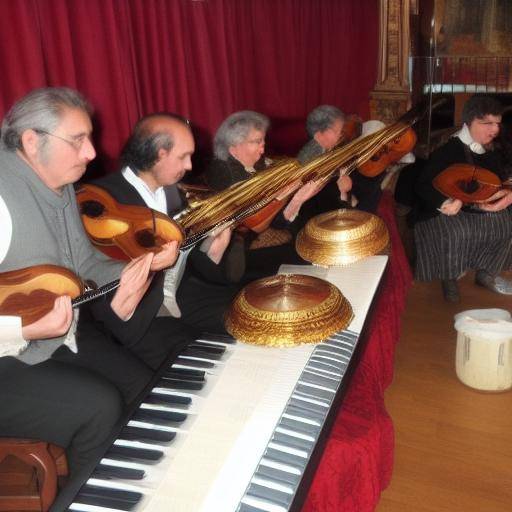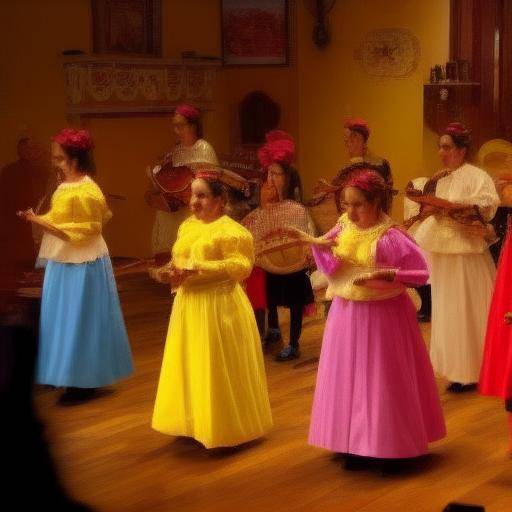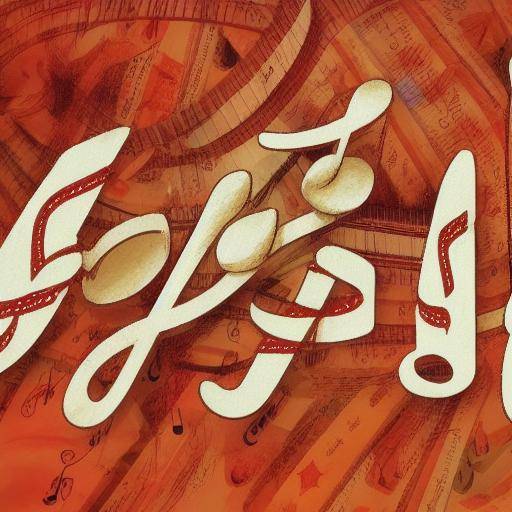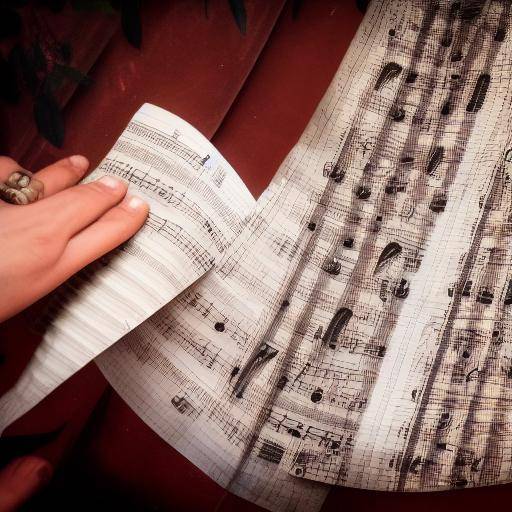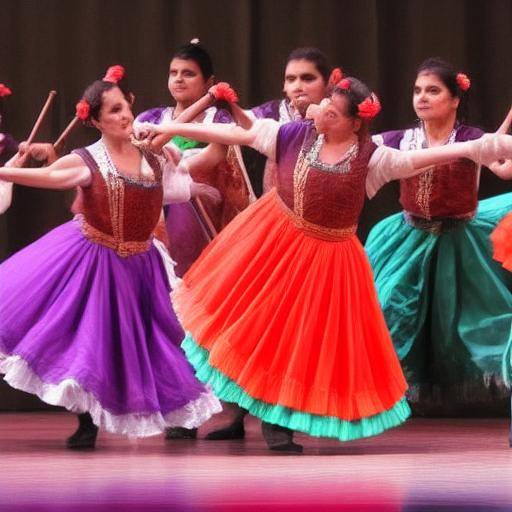
South American folklore is a rich cultural expression that manifests itself through music and dance, offering a fascinating window to the traditions, history and emotions of the different regions of South America. In this article, we will explore in depth the impact of South American folklore on music and dance, from its historical origins to its influence today. We will discover the magic of its rhythms, the diversity of its expressions and the vitality of its manifestations, thus connecting with its relevance in the cultural landscape and its potential for the future.
Introduction
With deeply rooted roots in ancient indigenous traditions and colonial influences, South American folklore is a cultural treasure that has endured over the centuries. His musical and choreographic expressions encapsulate the identity of peoples and communities, transmitting stories, emotions and values through each melody, compass and step of dance. This article enters a revealing journey through South American folklore in music and dance, exploring its historical wealth, its contemporary impact and its projection into the future.
History and Background
South American folklore has its roots in the indigenous traditions of the different indigenous groups that populated the continent long before the arrival of the European conquerors. Pre-Columbian cultures, with their varied customs and rituals, laid the foundations for what would later become the folk heritage of the region.
The Spanish conquest introduced new elements, such as musical instruments, forms of composition and dances, which merged with local traditions, giving rise to a unique synthesis of artistic expressions. Cultural mestizaje enriched music and dance, creating a legacy that lasts until today.
Within this historical context, genres and emblematic musical styles appeared, such as tango, zamba, cueca, chacarera, huayno, merengue, among others, each with its own distinctive features and rooted in the regional peculiarities of South America.
Analysis in Deep
The music and dance of South American folklore are not only artistic manifestations, they also play a vital role in everyday life, celebrations and rituals of communities. Its influence extends through generations, keeping traditions alive and providing a channel of expression and connection with cultural roots.
At present, South American folklore continues to evolve, adapting to social changes and merging contemporary influences, which has generated a rich diversity of styles and expressions. Music and folk dance are presented at festivals, concerts and cultural events, attracting people who want to keep tradition alive and the new generations interested in exploring and reinterpreting their cultural heritages.
Full review
South American folklore has transcended national borders and has gained worldwide recognition for its cultural and artistic wealth. This global influence has led to collaboration between musicians and dancers from different countries, promoting the exchange and diffusion of South American folk expressions in international scenarios.
Modern technologies have also contributed to the diffusion of South American folklore, allowing their access to global audiences through digital platforms and social networks. This phenomenon has opened up new opportunities for the preservation and promotion of these expressions, while raising challenges around authenticity and cultural appropriation.
Comparative analysis
By comparing South American folklore in music and dance, it is important to highlight their similarities and differences. Music, with its varied rhythms and melodies, is often combined with dance steps that reflect both the joy and the struggles of the continent's communities. While some dance styles exhibit vigorous and energetic movements, others focus on grace and elegance, but they all share a deep connection with South American soil and history.
In contrast, music has experienced fusions with contemporary genres, adapting to new influences and incorporating instruments and styles from other parts of the world, reflecting a creative dynamism. On the other hand, dance has largely preserved its traditional essence, keeping cultural heritage alive through movements that transmit ancestral narratives.
Practical Tips and Useful Recommendations
If you want to explore more about South American folklore in music and dance, here are some practical tips that can help you dive into this enriching cultural experience:
- Find local folk festivals or cultural events where you can witness authentic South American music and dance performances.
- Learn about history and stories behind traditional rhythms and dances to better understand their meaning and impact on society.
- Take part in dance classes or learn to play folklore instruments to experience first-hand the vivacity of South American folklore.
- Share and spread South American folklore among family, friends and local communities to preserve and enrich this valuable cultural heritage.
Conclusions and FAQs
Experience, emotion, tradition and evolution are intertwined in the rich tapestry of South American folklore, whose influence persists in music and dance, captivating audiences of all ages and cultures. This invaluable heritage continues to inspire, fascinate and enrich the lives of those who explore it, connect generations and transcend borders.
Frequently asked questions
**1. What is the origin of South American folklore in music and dance?**South American folklore in music and dance has its roots in pre-Columbian indigenous traditions and the cultural influences of European colonization, which merged to shape the artistic expressions we know today.
**2. What is the relevance of South American folklore today?**South American folklore remains an integral part of the cultural identity of South America, serving as a powerful connection to the traditions and legacy of communities. In addition, it has been projected into international scenarios, influencing global music and dance.
**3. How can I have an authentic experience of South American folklore in music and dance?**To experience South American folklore in an authentic way, it is recommended to attend folk festivals, participate in traditional dance and music classes, and immerse in history and narratives behind these artistic manifestations.
**4. What are some of the musical genres and emblematic dance styles of South American folklore?**Some of the musical genres and dance styles most representative of South American folklore include tango, zamba, cueca, huayno, la chacarera, among others, each with its own distinctive features rooted in the rich cultural diversity of the region.
**5. How has South American folklore evolved in music and dance in the modern era?**In the modern era, South American folklore has experienced a fusion of contemporary influences, adapting to social and technological changes. This has led to a creative renewal that keeps cultural heritage alive, while opening up new possibilities for global dissemination.
**6. What are some recommendations for those interested in exploring South American folklore in music and dance?**We recommend looking for local folk festivals, learning about history and narratives behind traditional rhythms and dances, participating in dance or music classes, and sharing this valuable cultural heritage with others to preserve and enrich your legacy.
Conclusion
South American folklore in music and dance transcends the barriers of time and space, keeping alive the cultural heritage of South America and projecting its influence globally. Through its historical wealth, its continued evolution and its deep connection with the communities, South American folklore in music and dance remains an inexhaustible source of inspiration and enrichment. Let us continue to celebrate, preserve and share this cultural legacy so that it will continue to resonate in future generations.

